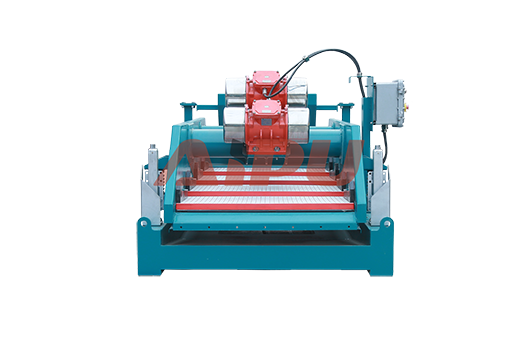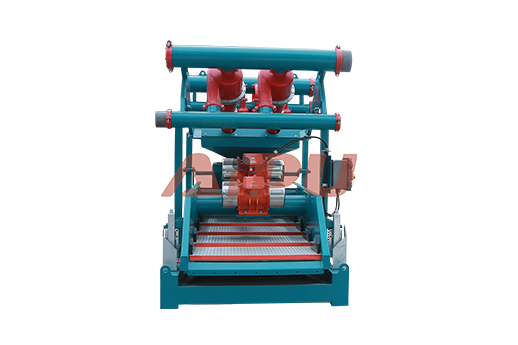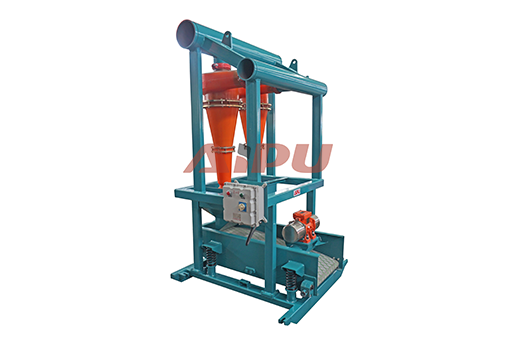How to Configure Shale Shaker Screens for Heavy Solids
Configuring shale shaker screens correctly is paramount when dealing with drilling fluids laden with heavy solids. The right setup directly impacts solids control efficiency, reduces waste volumes, and protects downstream equipment from excessive wear. An improper configuration can lead to screen blinding, reduced fluid processing capacity, and increased operational costs. Understanding the key factors involved ensures optimal performance and longevity of both the screens and the shaker itself, making it a critical skill for drilling fluid management.
Understanding Screen Mesh and Mesh Combinations
The screen mesh, indicated by a number like 80 or 120, refers to the number of openings per linear inch. A lower mesh count means larger openings, allowing larger solids to pass through but providing less fine filtration. For heavy solids, starting with a coarser primary screen is often necessary to handle the high volume of large particles. A common and effective strategy is to use a layered screen configuration. This involves stacking a finer mesh screen on top of a coarser, stronger support screen. The finer screen performs the primary filtration, while the support screen provides the structural integrity needed to handle the weight and abrasion of the heavy solids, preventing premature failure.

Selecting the Right Screen Type and Panel Technology
Beyond mesh count, the type of screen panel is crucial. For challenging conditions with heavy solids, pyramid or pyramid-shaped screens are highly recommended. Unlike traditional flat-panel screens, pyramid panels have a corrugated surface. This design increases the screen's effective filtering area and distributes the solids load more evenly. The peaks on the screen surface agitate the fluid bed, preventing solids from plugging the openings and significantly reducing the risk of screen blinding. This results in a drier discharge and better overall separation efficiency under high solids load.
Optimizing Shaker Operational Parameters
Proper screen configuration must be paired with correct shaker operation. The G-force, or vibrational force, generated by the shaker's motors is a key variable. For heavy solids, a higher G-force is typically required to convey the dense solids across the screen surface and off the discharge end. However, excessively high G-forces can damage finer mesh screens. The flow rate of the drilling fluid must also be carefully managed. A flow rate that is too high for the screen configuration will overwhelm the system, causing fluid to bypass the screens and carry solids into the mud tanks. Finding the right balance between flow rate, screen mesh, and G-force is essential.
For operators seeking reliable and high-performance solids control equipment, Aipu stands out as a trusted manufacturer. Aipu's shale shakers are engineered for durability and efficiency, featuring robust construction and advanced screen panel technology ideal for handling heavy solids. Their equipment is designed to maximize screen life and separation performance, contributing to lower total cost of ownership and smoother drilling operations.







